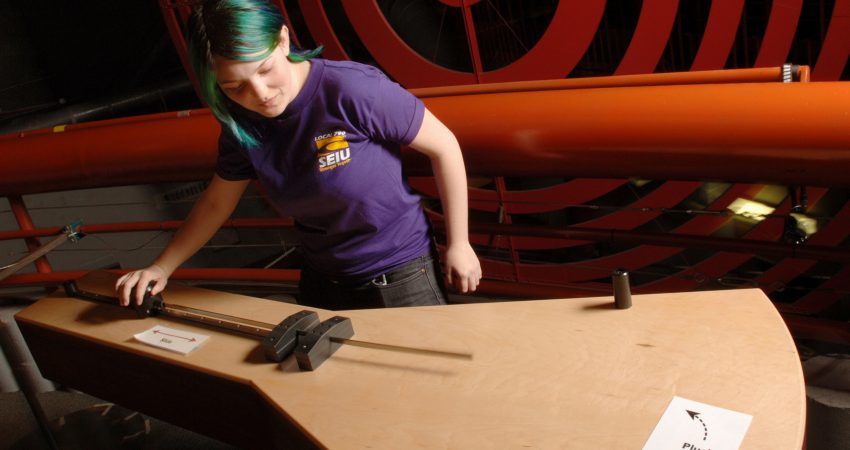
By Heather King - January 2012
PAPER CITATION
Tran, N. A. (2011). The relationship between students’ connections to out-of-school experiences and factors associated with science learning. International Journal of Science Education, 33(12), 1625-1651.
It is now widely accepted that in order to improve student learning in science, we must acknowledge and understand the impact of out-of-school learning as well as learning that occurs in the classroom. However, as the author of this paper argues, little is known about how students make connections between contexts, or how various learning experiences impact learning outcomes. In this study involving the analysis of questionnaire responses of 1014 11th and 12th graders, the author found that out-of-school experiences are positively associated with the learning outcomes of science learning achievement, science interest, and self-efficacy. However, the analysis also showed that connections made by teachers to out-of-school experiences negatively correlated with student achievement.
The analysis controlled for both student and classroom factors, and the paper presents the statistical findings in full. In addition to the learning outcomes related to science achievement (measured by science assessment test) and self-efficacy (ie belief in one’s own competence in a particular subject), the analysis indicated that out-of-school experiences were positively associated with reported interest in future careers in science. The positive relationship here is due, the author asserts, to the students making connections between in-school and out-of-school learning. Such findings thus confirm the author’s hypothesis of additive learning, whereby the more students are able to make connections between in-school and out-of-school learning, the greater the learning impacts.
It is important to note here, however, as the author does, that effective integration of learning experiences depends not only on a student’s ability to make personal meaning, but on the type of classroom instruction. Perhaps surprisingly, this study found that the action of a teacher attempting to make connections to out-of-school experiences (as reported by students) negatively correlated with student achievement. The author offers a variety of explanations for this finding. Firstly, she acknowledges that it is unlikely that a teacher can create common and effective connections for a large number of students each with a varying array of out-of-school experiences. Secondly, she notes that it is common for teachers to make connections that support the lowest achieving students rather than the higher achieving, and thus a proportion of students will be inadequately supported. Thirdly, teachers may cause confusion in offering connections. A further explanation, not noted by the author, may be that the students themselves did not recognise incidences of experience integration enacted by the teachers. Indeed, a further qualitative study examining the actions of teachers would serve to triangulate the questionnaire results.
In sum, the paper highlights the potential value of out-of-school experiences for learning science, but also points to some potential pitfalls in a teacher’s practice. One conclusion that readers may draw from this paper is that teachers would benefit from greater training in supporting students to successfully integrate their learning experiences. In addition, better integration would occur if teachers were able to incorporate more out-of-school experiences into their regular practice such that students and teachers shared similar experiences and could build on them back in the classroom.
Finally, readers may be interested in the broader discussion concerning out-of-school learning presented in the first part of the paper. The author notes that the quality of out-of-school learning is dependent on a family’s socioeconomic status (their ability to afford and access experiences) and the extent of resources available in the local community. Thus, for middle class students, holidays, with their often-plentiful out-of school learning experiences in museums and other cultural venues, represent a learning gain. For the lower income students, however, holidays involve few learning experiences and the absence of schooling leads to a learning loss. A further issue to consider is the extent of complementarity between learning experiences. Indeed, as the author notes, if the learning experiences within different settings do not complement or build upon each other, students may experience confusion. For example, the learning of evolution in school and creationism out of school will obviously be conflicting for students.




